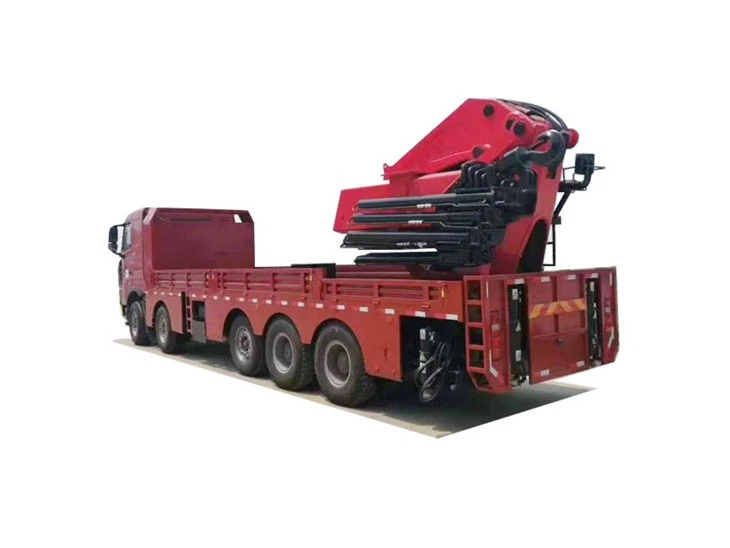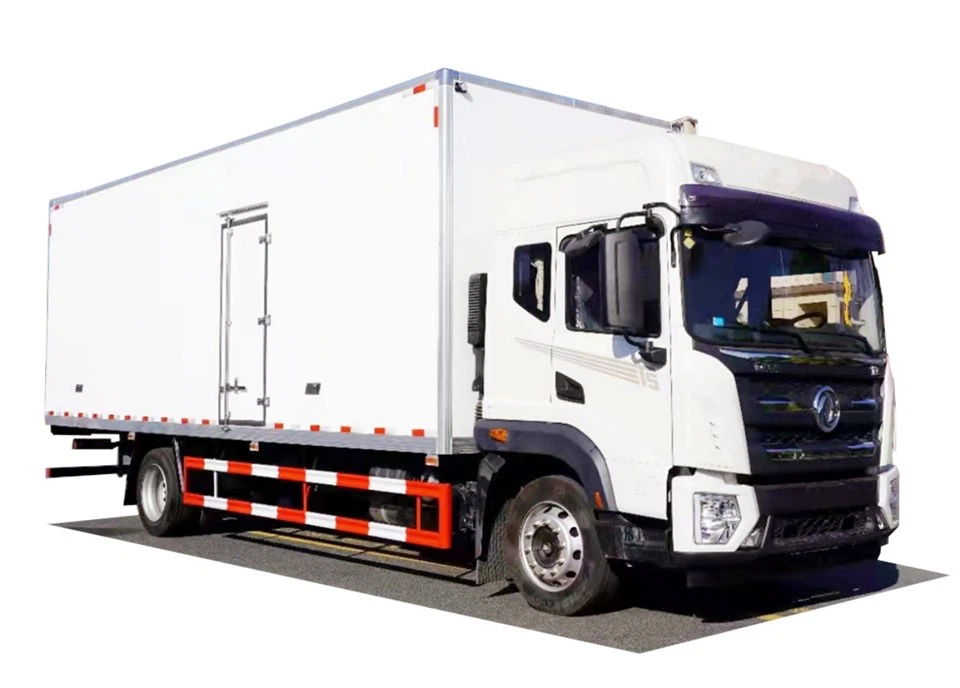Exploring the 12 Cubic Mixer: A Comprehensive Guide

The 12 cubic mixer is a crucial piece of equipment in the construction and construction-related industries. Whether you’re involved in residential or commercial projects, understanding the benefits, usage, and features of a 12 cubic mixer can streamline your operations. In this article, we dive into everything you need to know about the 12 cubic mixer to enhance your productivity and project efficiency.
What is a 12 Cubic Mixer?
A 12 cubic mixer, commonly known as a concrete mixer, refers to a truck designed to mix and transport concrete in bulk. It has the capacity to hold approximately 12 cubic yards of concrete, a capacity that makes it ideal for medium to large construction projects. These mixers are equipped with rotating drums that mix the ingredients required for concrete, ensuring a consistent and uniform mixture.
Types of 12 Cubic Mixers
12 cubic mixers come in several varieties. Here are the main types you’ll encounter:
- Front Discharge Mixers: These trucks have a front chute for easier maneuvering and precision during discharge.
- Rear Discharge Mixers: Standard concrete mixers that discharge from the back, commonly used in many applications.
- Volumetric Mixers: These mixers allow for specification of the exact quantities of ingredients, providing flexibility for on-site mixing.
Why Choose a 12 Cubic Mixer?
Choosing the right mixer can significantly impact your project’s efficiency, costs, and quality. Here are some reasons to opt for a 12 cubic mixer:
Efficiency in Mixing
The design of the 12 cubic mixer ensures a thorough blend of materials, leading to a strong, durable concrete mix. The rotating drum helps achieve uniform consistency, reducing the occurrence of weak spots in the concrete.
Large Capacity
With a 12 cubic yard capacity, these mixers can cater to various project sizes without the need for multiple trips, saving time and transportation costs.
Easy Transportation
These mixers are designed for perfect transportation, equipped with features that maintain the quality of the concrete by preventing separation of ingredients during transit.
Flexibility for Different Projects
From small residential builds to large commercial projects, the 12 cubic mixer can adapt to various needs, making it a versatile addition to any construction fleet.
How a 12 Cubic Mixer Works
The functionality of a 12 cubic mixer is straightforward but involves several crucial steps:
- Loading: The components for the concrete mix—cement, water, sand, and gravel—are loaded into the mixing drum in appropriate proportions.
- Mixing: As the drum rotates, the components are thoroughly mixed until the desired uniformity is achieved.
- Transportation: Once mixed, the concrete can be transported to the site. The revolving drum keeps the mixture in constant motion, preventing it from hardening.
- Discharge: Upon arrival at the site, the concrete is discharged through a chute towards the desired location.
The Mixing Process
The mixing process is crucial to achieving quality concrete, and it involves the following:
Ingredients Required
The essential components for creating concrete include:
- Cement
- Water
- Aggregates (sand and gravel)
- Additives, if required (e.g., retarders, accelerators)
Mixing Ratios
Common mixing ratios can vary depending on the intended use of the concrete, but a typical standard mix might consist of:

| Material | Ratio |
|---|---|
| Cement | 1 part |
| Water | 0.5 parts |
| Sand | 2 parts |
| Gravel | 3 parts |
Maintenance Tips for a 12 Cubic Mixer
To ensure optimal performance, regular maintenance of your 12 cubic mixer is essential:
Daily Checks
Conduct daily checks on the following:
- Hydraulic fluid levels
- Cooling system functionality
- Tire pressure and condition
- Drum wear and tear
Cleaning
Cleansing the drum after each use is critical to preventing concrete buildup. Here’s how to do it:
- Flush the drum with water immediately after use.
- Use a mixer cleaning solution monthly to reduce buildup.
Regular Inspections
Engage qualified personnel to inspect the system regularly to identify potential issues before they worsen.

Practical Examples of Using a 12 Cubic Mixer
Below are common scenarios demonstrating the utility of a 12 cubic mixer:
Residential Construction
For a new home build, a contractor may utilize a 12 cubic mixer to ensure a steady concrete supply for foundations, driveways, and even patios. Instead of making multiple trips with smaller loads, they can mix a large batch, ensuring consistency across every pour.
Commercial Projects

In larger commercial developments, a 12 cubic mixer is indispensable. For instance, creating a concrete slab for industrial flooring can require a significant volume of concrete. A single load from a 12 cubic mixer can cover the entire area, minimizing delays in construction.
Road Construction
During road construction, maintaining a consistent road surface is essential. Using a 12 cubic mixer ensures that enough concrete is mixed and delivered for curbs, gutters, and paved surfaces.
Cost Factors of Using a 12 Cubic Mixer
The cost of utilizing a 12 cubic mixer involves several factors:
Initial Purchase or Rental Costs
Whether you decide to buy or rent a 12 cubic mixer, understanding base costs is crucial. Rental rates vary based on location, duration, and the specific mixer type.
Operational Costs
Operational expenditures include fuel, maintenance, and labor costs. These can vary based on frequency of use and distance traveled for each delivery.
Material Costs
The price of the materials (cement, aggregates, chemicals) will influence total costs. Always seek bulk purchasing options for discounts.
Frequently Asked Questions
What is the average lifespan of a 12 cubic mixer?
The average lifespan of a well-maintained 12 cubic mixer can range between 10 to 15 years, but this can vary based on operational usage and care.
How much concrete can a 12 cubic mixer pour at once?
A 12 cubic mixer can pour approximately 12 cubic yards of concrete in a single load, sufficient for numerous small to medium projects.
Are 12 cubic mixers suitable for residential projects?
Yes, 12 cubic mixers are often utilized for residential projects, especially for larger builds where multiple pour sizes are needed.
How do I choose the right size mixer for my project?
The right mixer size depends on your project scale. For small jobs, a smaller capacity mixer might suffice; however, for extensive construction needs, a 12 cubic mixer is ideal.
Can I operate a 12 cubic mixer without prior training?
No. It is crucial to receive training and understand the mixer’s operation and safety protocols to prevent accidents and ensure efficient use.
Where can I rent a 12 cubic mixer?
You can rent a 12 cubic mixer from local equipment rental companies or construction firms that offer rental services. Be sure to check availability and specifications beforehand.
